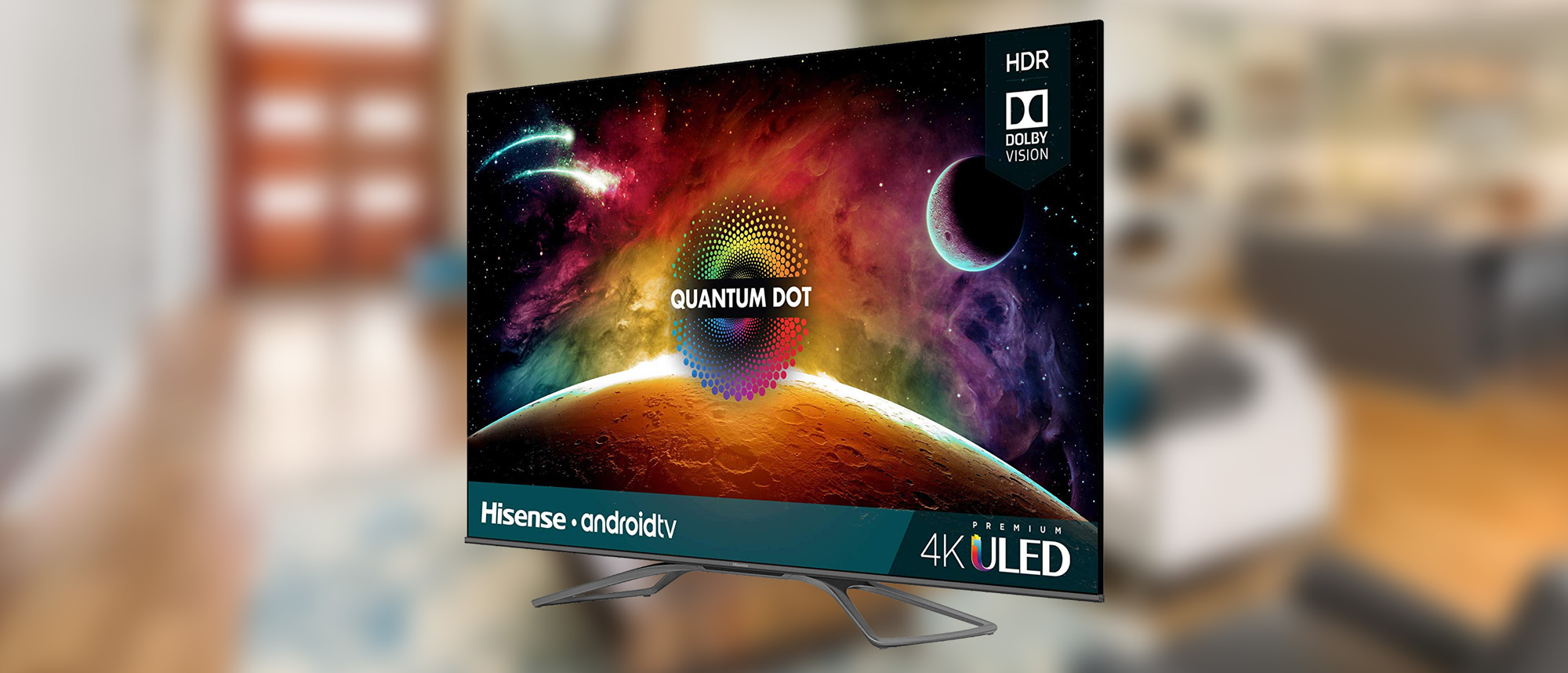Tom's Guide Verdict
The Hisense H9F is a solid competitor in the 65-inch 4K TV category with respectable picture performance and a difficult-to-resist price.
Pros
- +
Excellent upscaling skills
- +
Android TV smarts
- +
Competitively priced 4K
Cons
- -
Average gaming responsiveness
Why you can trust Tom's Guide
The Hisense H9F delivers many of the features people should be looking for in an inexpensive 4K TV. Priced well under $1,000 and within $50 to $100 of the competition, this 65-inch set supports the enhanced-color formats in the category, including Dolby Vision, and offers some advanced features like full-array backlighting.
The H9F also has plenty of smarts, supported by Google's Android TV platform with all the latest apps, and voice control via Google Assistant and Amazon Alexa skills. The gaming performance of the Hisense H9F could be better and the video processing could be a little better, which is why this 4K set doesn't quite make our list of the best TVs. But if you want a solid 4K TV for an affordable price, the Hisense H9F should satisfy.
Hisense H9F review: Specs
| Price | 899.99 |
| Screen size | 65 inches |
| Resolution | 3840 x 2160 |
| HDR | Dolby Vision and HDR10 |
| Refresh rate | 120 Hz |
| Ports | 4 HDMI 2.0a |
| Audio | 15 watts x 2 |
| Smart TV software | Android TV |
| Size | 57.1 x 33.0 x 2.9 inches [w/o stand] |
| Weight | 43.7 pounds [w/o stand] |
Hisense H9F review: Price and availability
The Hisense 4K H9F TVs are a step up from the company's H8F series. The higher-end LCD sets use quantum-dot layers, full-array local dimming and Android TV smarts. Our review unit was the 65-inch model.
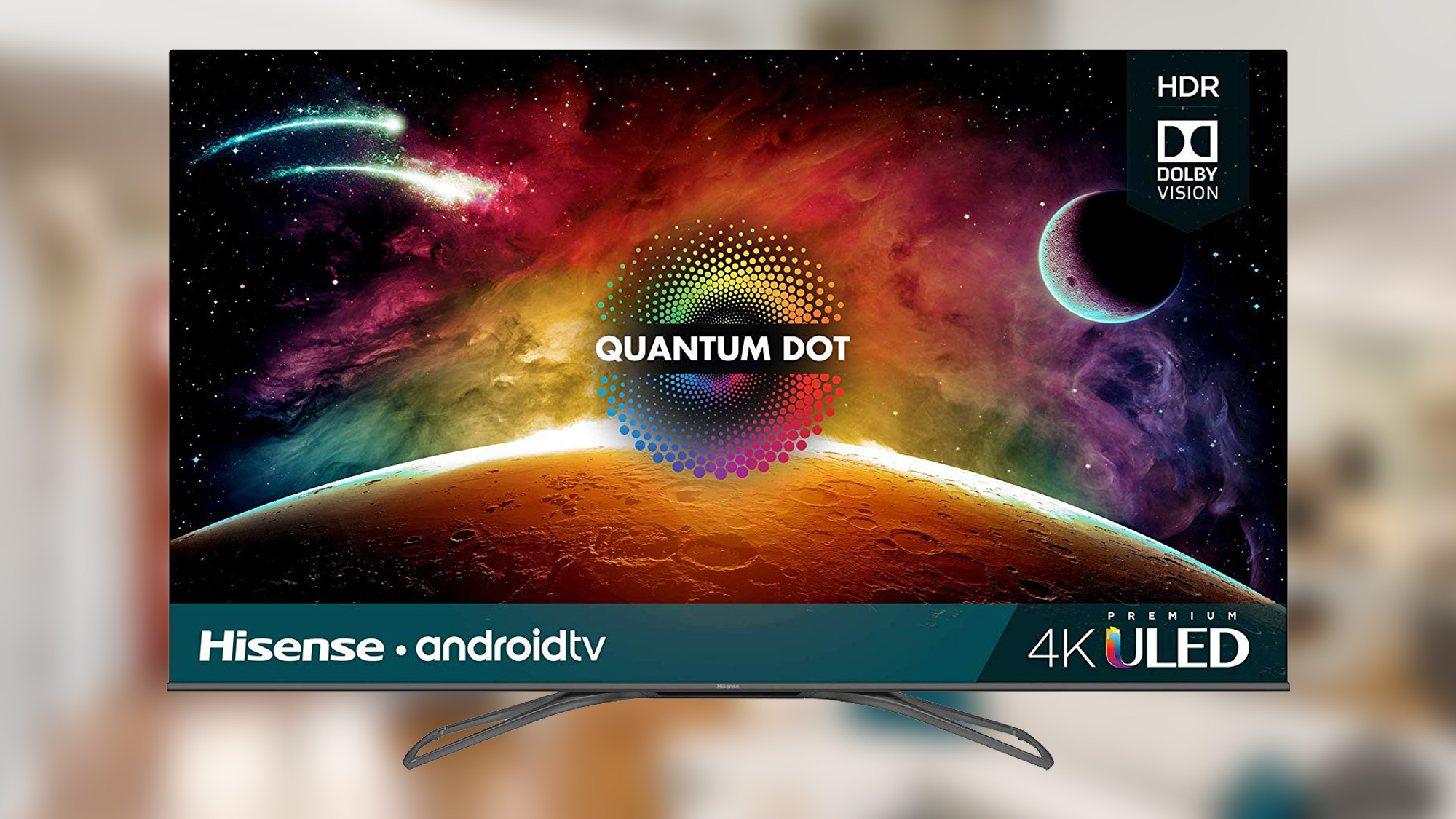
Hisense is offering the same basic technology and features in two H9F 4K sets so far. While shoppers should expect to see similar performance in the 55-inch size compared to our test-sample, 65-inch model, there may be some differences, such as fewer dimming zones with the smaller screen size.
Hisense H9F review: Design
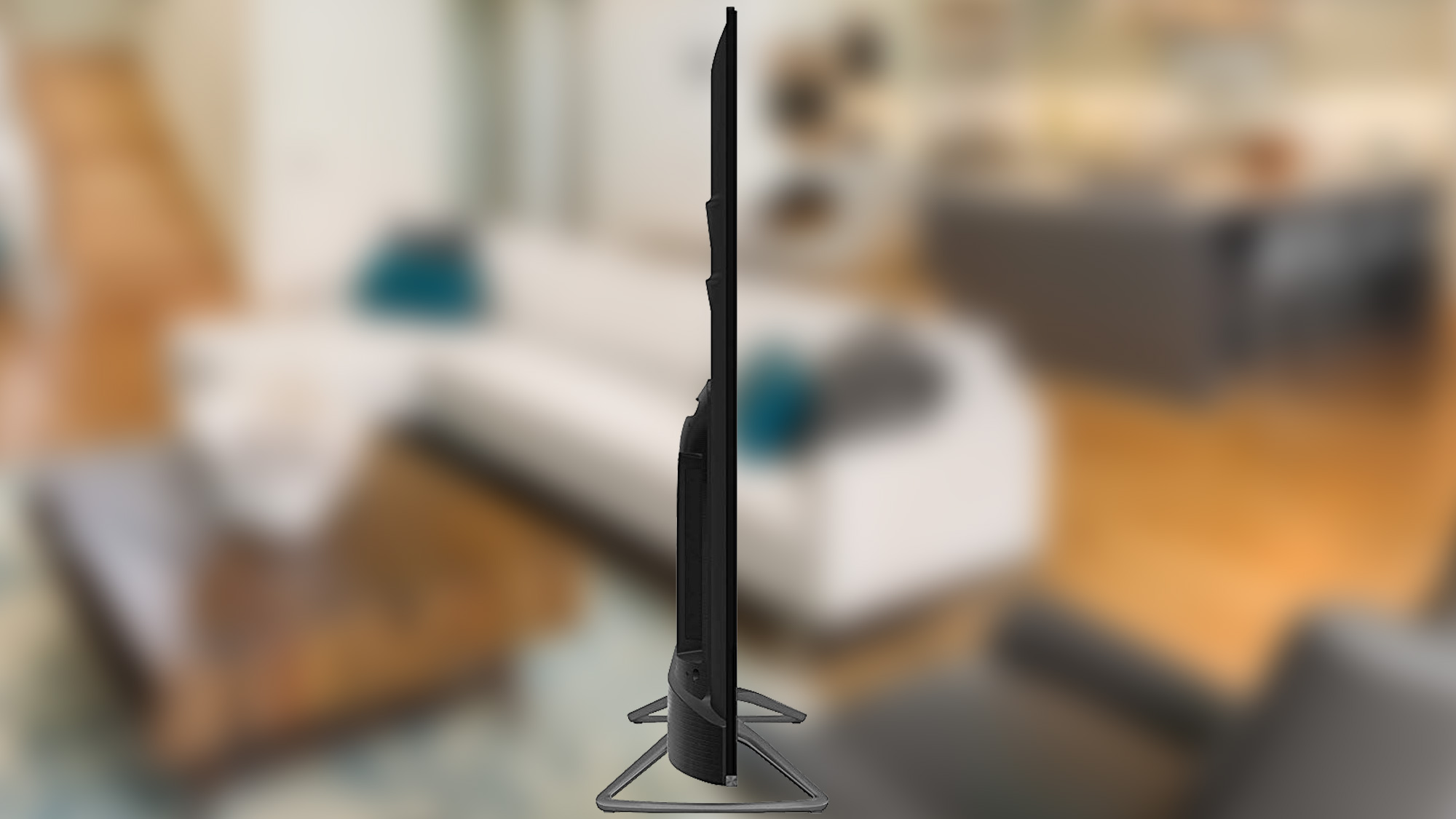
The set is decked out in basic black, and Hisense touts it as "bezel-less." However, the thin border around the screen is typical today, with a slightly wider bottom frame, none of which should prove to be a distraction.
As a rule, 65-inch and larger sets can be a bit unwieldy and tricky to set up in the average living room. But the Hisense H9F makes setup relatively easy. A center-mounted stand with two triangular feet makes for a stable base for tabletop placement of the 57.1 x 33 x 2.9-inch display. And because the feet extend out from the center, you don't need a huge table or credenza to put the set on.
Wall mounting is also an option. The TV is relatively light, at just 43.7 pounds, and it can be wall mounted using a standard VESA 400 x 200-millimeter mounting bracket.
Hisense H9F review: Ports
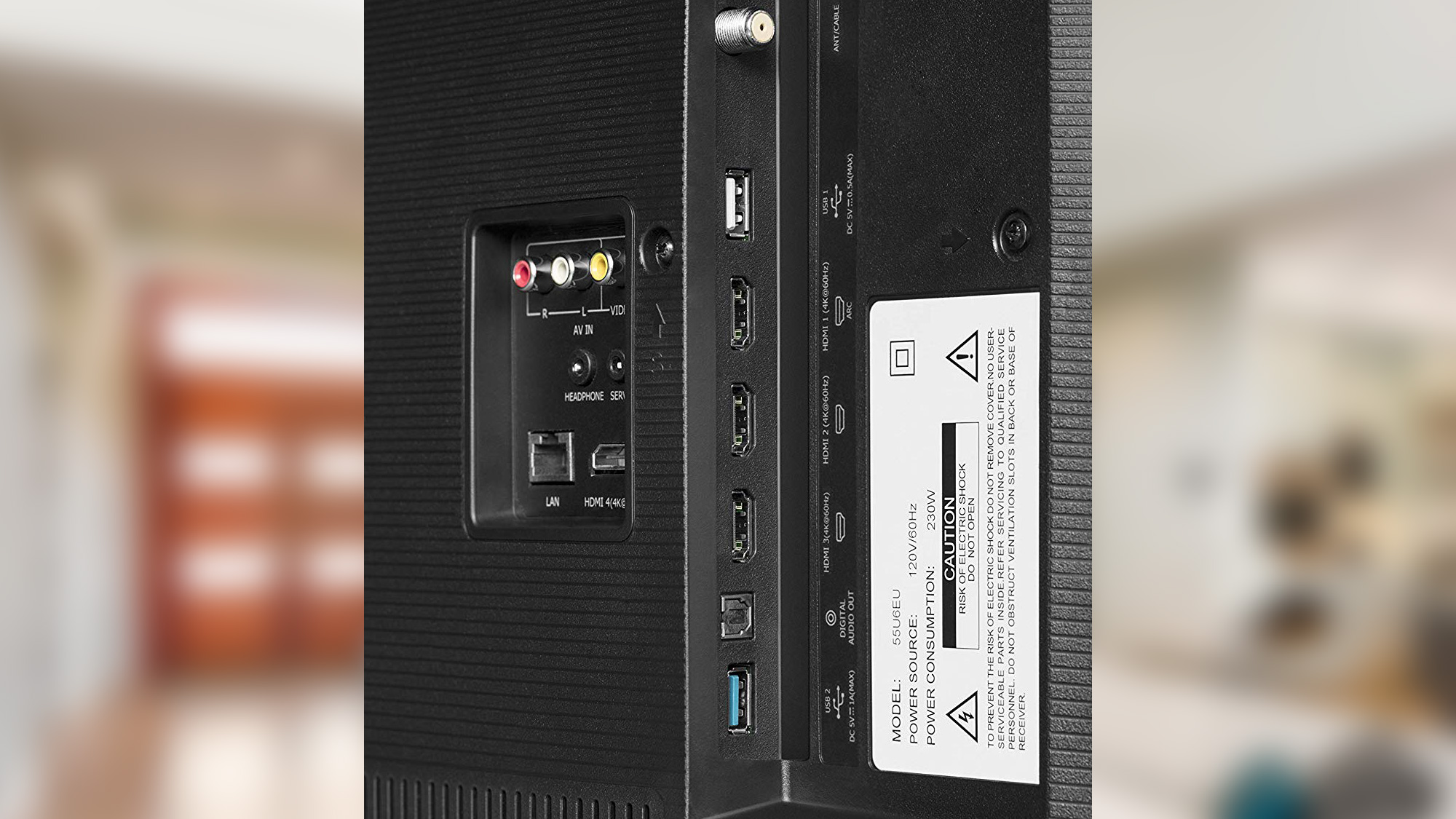
The Hisense H9F offers a sufficient array of connections to satisfy most home-theater installations. There are four HDMI 2.0a ports to handle 4K sources ranging from gaming consoles to disc players. There's also a coaxial antenna input for cord cutters, two USB ports, a digital-audio output for a sound system and a mini headphone jack. That jack is on the back, making it relatively inaccessible and inconvenient. For older video sources, there's also a set of traditional composite RCA-audio and -video jacks.
For networking, an essential part of any smart TV today, there's an Ethernet port. The H9F also has built-in Wi-Fi (802.11 a/b/g/n/ac) and Bluetooth.
Hisense H9F review: Performance
The Hisense H9F checks many of the feature boxes that shoppers should look for in a 4K TV. It uses quantum-dot film to boost color reproduction, has a full-array backlight with 132 local dimming zones for better contrast and supports the two major HDR (high dynamic range) color formats, Dolby Vision and HDR 10. The HDR modes kick in automatically (you cannot manually switch them on or off), and the H9F will also automatically gauge individual scenes to adjust brightness and contrast (a feature you can switch off).
The set has several preset picture modes, and we found the Theater Day setting to be the best and most accurate in our tests. One feature we particularly appreciated is that you can adjust the picture and save your settings for each input, selecting Theater mode for a Blu-ray player and a brighter setting for streaming services, for example.
Watching Blade Runner 2049 in 4K demonstrated how well the Hisense H9F can handle subtle, murky scenes. Even the nuances in relatively monochromatic scenes — such as a dead, white tree set against a foggy, gray background — were faithfully rendered.
In Arrival, another 4K disc, colors looked natural, as well. From the blond-wood tones of the university desks to the muted hues of the waterfront home, the H9F delivered realistic colors and shading. More-dramatic scenes did just as well, such as the nighttime liftoff of a helicopter during which we could see all the details, including a compact car sitting nearby in the shadows.
Contrast and black levels also came to the fore in viewing The Martian in 4K with HDR. In the opening storm scene, for example, it was easy to see details, such as buildings lurking in the dark background and the astronauts struggling to walk in overhead shots. Such details are often obscured on TVs that use edge lighting or that have fewer dimming zones. Black levels were also excellent on the Hisense, with deep blacks and outstanding contrast in star-filled panoramas of outer space.
All of this was aided and abetted by the Hisense H9F's top-notch brightness. In our tests, the set hit 1,125 nits peak brightness in the best Theater Day mode, an admirable result for a set in any price range. By way of comparison, we saw a peak brightness of only 647 nits in our Vizio M-Series Quantum review.
We did, however, notice some subtle artifacts of video processing in the Hisense H9F's picture. In images of subtle shading, such as a picture dominated by a sunset or a large body of water, we did detect some banding (versus a smooth transition between different shades). There was some banding, for example, in the red and orange Martian sky and some occasional dot-crawl noise that generated a shimmering effect on some ocean scenes in other movies.
For all this nitpicking, the Hisense H9F's color quality (according to our measurements with an X-Rite colorimeter and CalMan calibration software) was respectable enough. The set managed to reproduce 98.6% of the Rec 709 color space. That's close to but slightly less than what some comparably priced offerings, such as the Vizio M-Series Quantum (99.92%) and TCL 6-Series Roku TV (99.96%) can do. On the other hand, the Hisense H9F delivered better color accuracy than the Vizio M-Series did, with the Hisense hitting a Delta-E rating of 2.3 (zero is best), compared to the Vizio's result of 3.6 in our tests.
Most of the material you'll be watching on a 4K set is going to be lower-resolution HD programming, so how well a set upscales such material to 4K is critical. Fortunately, the Hisense H9F did an excellent job in this. Going to one of our old favorites, Skyfall in HD, we found that the set handled challenging fast action scenes with aplomb. Where some TVs struggle to upscale, say, the chase scene on the roof of the Grand Bazaar, the Hisense H9F's result was smooth and didn't reveal any dropouts or distorted picture elements.
Competitive gamers will want to take note of the Hisense's display-response times. Our tested lag time for the set came in at 19.7 milliseconds. That's not the worst we've seen (Vizio's M-Series competitor had a lag time of nearly 30 milliseconds in our tests), but if you're serious about staying on top in Call of Duty or other fast-paced games, you may want something with better lag times.
Hisense H9F review: Audio
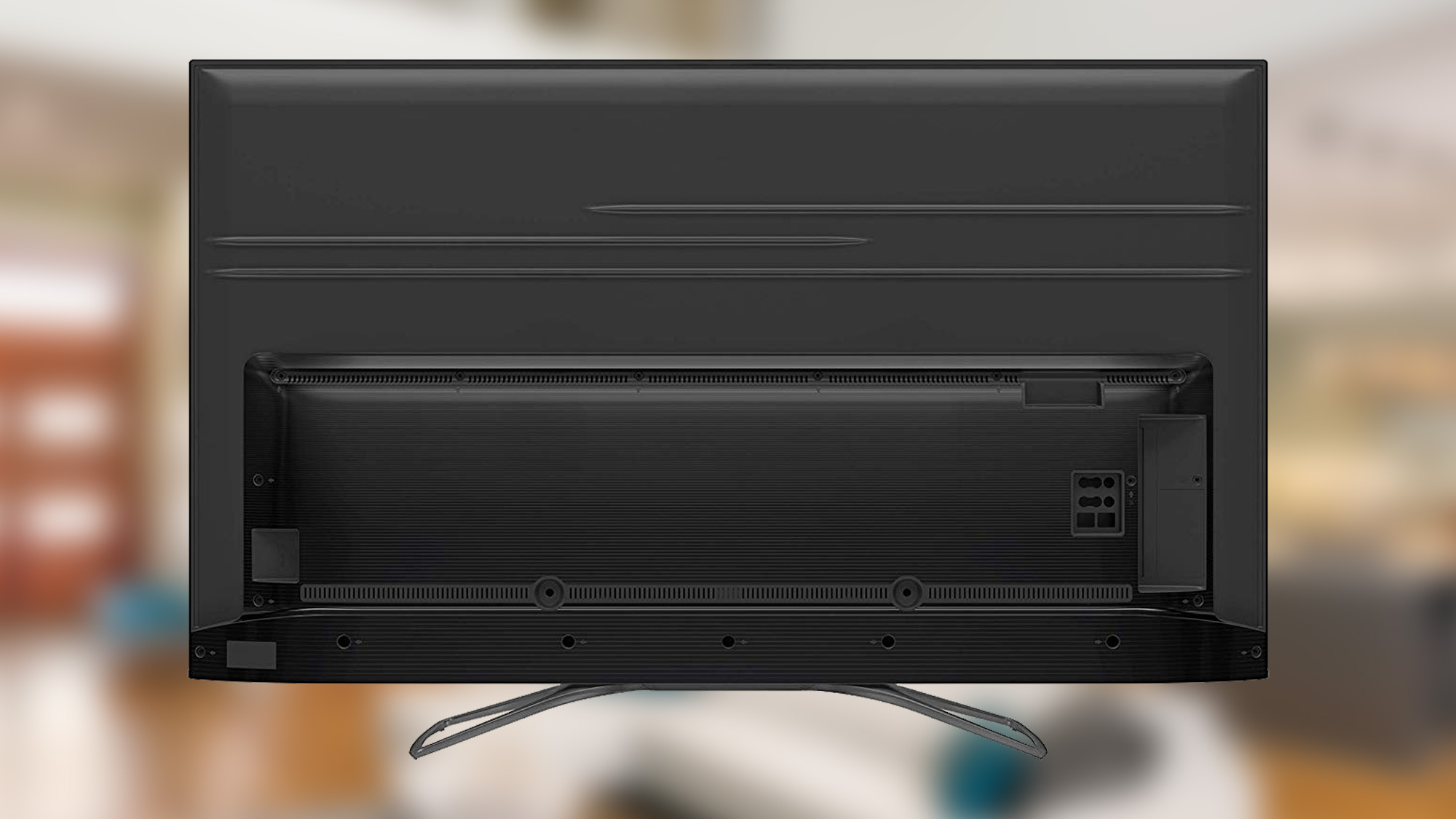
A set's sound can make you feel like you're right in the movie — or like you're sitting miles away. This Hisense TV has two 15-watt channels, which is about average for models in this price range. Hisense uses dbx-tv (as opposed to Dolby) to create different audio effects and modes, depending on your preference. There are seven predefined settings, including modes aimed at music, improving the audibility of speech and movie watching. There's also a wall-mount mode so that the set recognizes it's against a wall.
Your choice can make a substantial difference. Playing music in the Standard TV mode, for example, made the sound feel cramped and narrowed the sound stage so that there was little stereo effect. Playing some Steely Dan videos in theater mode, on the other hand, made the sound brighter and widened the sound stage, placing the horns above and the drums off to the side of the picture. In Music mode, there was less of the open surround effect, and the Concert mode sounded dull.
While there is a five-band equalizer that you can play with if you still don't hear what you like, we found that, overall, the set lacked dynamic range and lower bass response. That's not unusual for a TV that's just a little more than 2 inches deep. So for a full audio experience, we recommend picking up something from our list of the best soundbars.
Hisense H9F review: Smart TV features
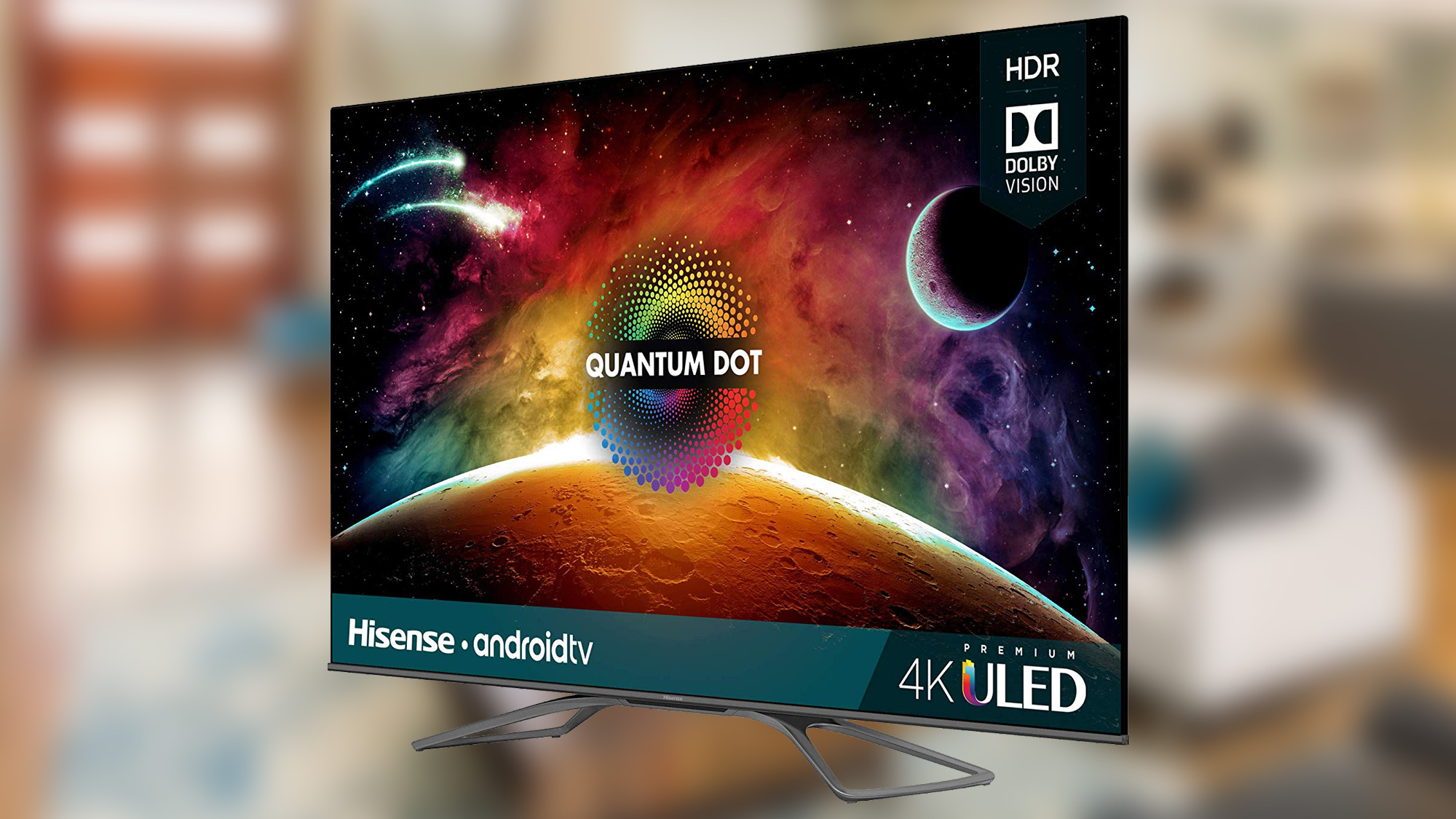
Hisense uses the Android TV operating system for the H9F. It has many benefits, including what is probably the broadest support for a wide array of apps, from Acorn to Vudu. And since Google continues to regularly add support for additional apps, you can be assured that the Hisense H9F will stay up to date with streaming services.
The vertically oriented Android TV menus here are also easy to follow, making it simple to scroll through apps, live TV and various inputs. Roku's interface is simpler, but you don't need a Ph.D. to figure out Android TV either.
Google Assistant voice control also works on the H9F. It can be helpful in searching for particular videos but downright frustrating when you're trying to get it to perform TV-oriented tasks. "OK, Google, play the Blu-ray disc," for example, will yield a slew of YouTube videos explaining what Blu-ray is, rather than playing the movie you want. Amazon's Alexa is also supported but not built-in.
Hisense H9F review: Remote control
The Hisense H9F's basic remote control is straightforward and logically laid out. The remote's menu button isn't labeled but was fairly obvious from its icon. There are also dedicated buttons for Netflix, YouTube, Google Play and Vudu services. The Hisense remote also has a dedicated MTS (multichannel television sound) button for switching to the alternate-language second audio program (SAP).
The remote connects to the set over Bluetooth, making this remote more reliable than IR controllers. We just wish it were also backlit so that we could see what we were doing in the dark.
Hisense H9F review: Verdict
The Hisense H9F is a a solid Android TV and a good value for the price. But in the cost-conscious big-screen market, prices drop almost daily, and comparable quantum-dot 4K sets are already flirting with the $700 mark, as seen in our Vizio M-Series Quantum and TCL 6 Series Roku TV reviews.
Hisense is bound to follow the spiraling price fight, and this 65-inch 4K set is an excellent choice for those who are on a budget but who still have a critical eye for picture quality. Indeed, the deciding factor for many shoppers may end up being whether they prefer the Roku interface available in sets from TCL as well as in Hisense's new R8 line or this model's more versatile Android TV platform.
John R. Quain has been reviewing and testing video and audio equipment for more than 20 years. For Tom's Guide, he has reviewed televisions, HDTV antennas, electric bikes, electric cars, as well as other outdoor equipment. He is currently a contributor to The New York Times and the CBS News television program.
